Crop production is the measure of yield per acre of land. Crop production forecasting is crucial for global food production. Most people find perfection in growing plants that produce at their greatest potential. Having a large, fast-growing garden is not accidental. It takes careful attention. Crop yield is a measure of seed or grain produced from a given plot of land.
It is probably the most important measure of a farmer’s performance, as it results from all the efforts and resources that farmers have put into growing plants in their fields. These are derived from different methods involved in farming and are divided into three stages:
- Crop type improvement – selection of the right seeds for planting,
- Crop yield improvement – crop plant cultivation
- Crop protection management – to protect the crop from damage
Top 40 ways to increase crop Yield/Production
It is essential to follow these ideas to get the most out of your limited space and enjoy more vegetables with the time, effort, and money spent in your vegetable garden.
Ways to increase vegetable yield
Step 1: Tips for growing vegetables fast and bigger
The most important thing you can do to get a good harvest is to provide your plants with nutritious soil. It helps them build their root system, which results in a strong plant.
Step 2: Select high yielding vegetables
Some of the high-yield vegetables are Pole Beans, Peas, Zucchini, Green salads, Tomatoes, and Cucumbers.
Step 3: Choose fast-maturing vegetable varieties
Some vegetables contain plants that take only a few weeks to mature. Other varieties of the same plant can take months. (Tomatoes are a good example. They can grow anywhere from 55-85 days to maturity.) If you are trying to grow as much food as possible and increase yields in the garden, you would want to select to grow the faster-maturing seed varieties.
In case you missed it: High Yield Tomato Varieties in India: A Farmer Guide for Good Profits
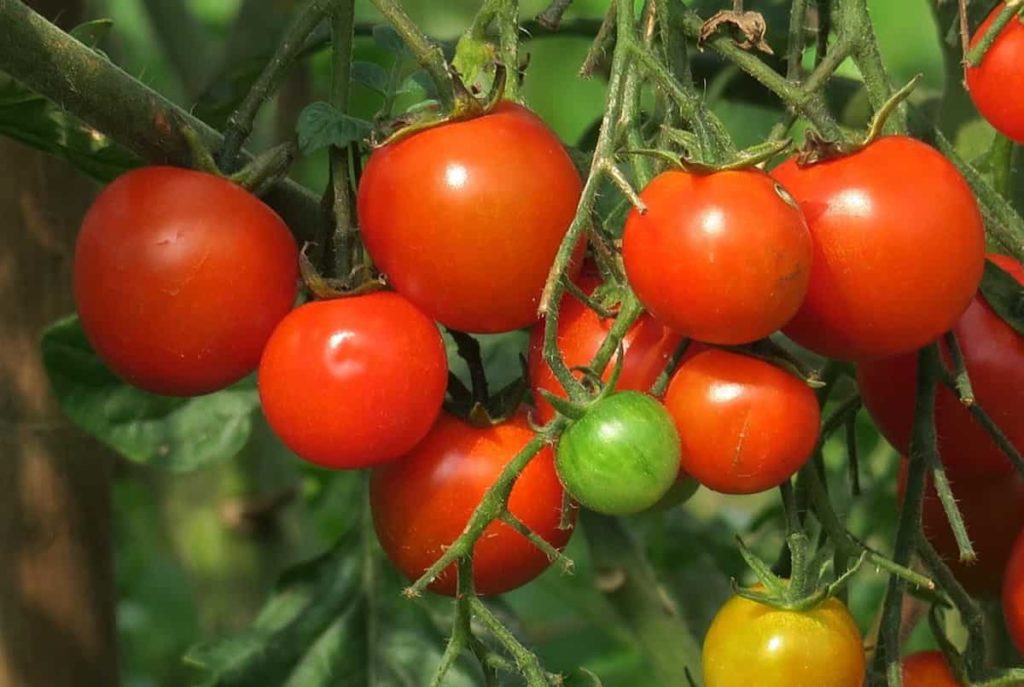
Step 4: Use raised beds to increase crop yield
Another way to increase the yield of a vegetable garden is to use raised beds. It has many benefits. In addition, the soil can be made more easily nutrient-rich as compost can be used in it. Both of these benefits will increase the productivity of the vegetable garden.
Step 5: Promoting flowers in vegetables
Phosphorus promotes the flowering of plants. The nutrition symbol is P, the second number you will find on the fertilizer label. Phosphorus is not only essential for flowers but also plays a vital role in fruit production, root development, and energy transport within plants.
In case you missed it: Backyard Vegetable Farming, How To Start, Ideas
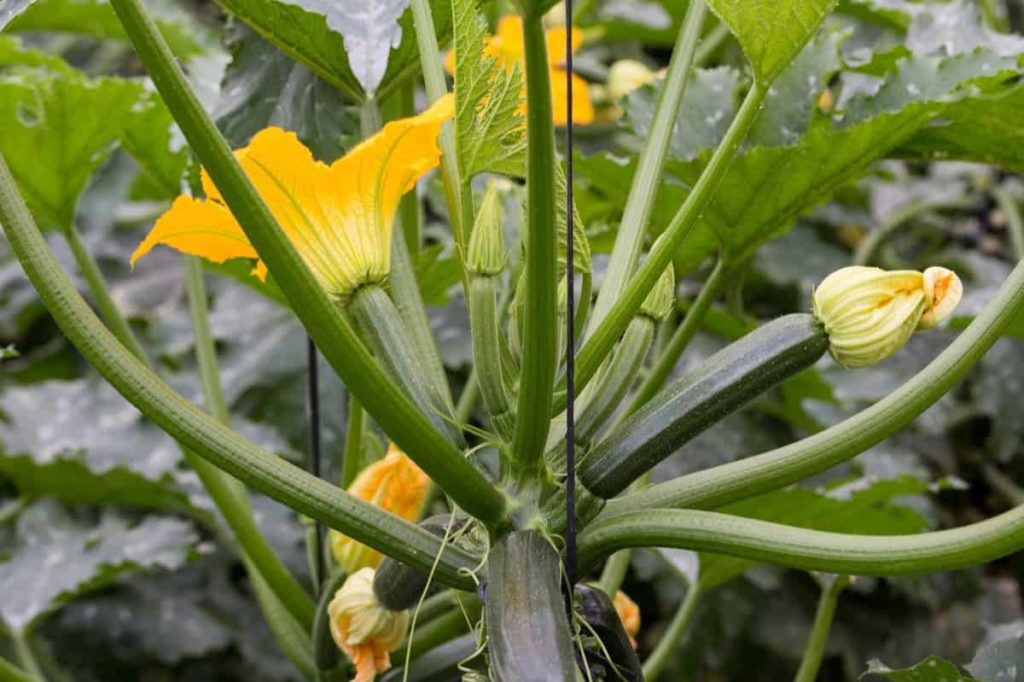
Step 6: Use vertical space to get more yield
Place vertical trellis and poles around the raised beds and place beans of beans, melons, and similar plants. It will help save garden space and ensure healthy plants. In addition, vertical plants will survive fungal diseases. Harvesting is also easy as you will be able to see the vegetable crop very easily.
Step 7: Nourish your soil to increase yields in the vegetable garden
Deep, nutritious soil encourages extensive root systems and strong vegetation. Compost and leaf molds can easily be made for free at home, so compost everything and set up a thriving composting in the center of your garden. Then top with more organic matter during the growing season, keeping it 2-5 cm (1-2 inches) thick around existing crops. This surface mulch will also help reduce moisture loss and suppress weeds, saving you time in watering and weeding.
Step 8: Growing more in the shade to increase productivity
Increasing productivity means having more and more available everywhere for you, including shaded areas. They are best for leafy vegetables such as Lettuce or Asian vegetables, slow growers including Leeks and Parsnips, and hard fruits such as Blackcurrants and Gooseberries.
Step 9: Using the greenhouse is another strategy for increasing yield
Another great strategy for a high-yielding vegetable garden is to plant them in a greenhouse. Greenhouses provide controlled conditions for vegetable growth. This establishment can attract huge initial capital, but the benefits are huge. The outdoor temperature range is wide. It can affect the growth and productivity of your garden. Modern greenhouses have temperature control, heaters, and air ventilation facilities for specific vegetables.
Step 10: Water management for getting more yield
Bigger vegetables need deep water; otherwise, the fruits will split. Consider using a timer drip irrigation system that balances the rain. You connect the drip emitter to the water source, and it flows through the feeder hose. Rainwater is the best method to water vegetable plants because it is less polluting than tap water and has a pH level that most plants benefit from, encouraging better growth.
In case you missed it: Drip Irrigation for Vegetables – a Full Guide
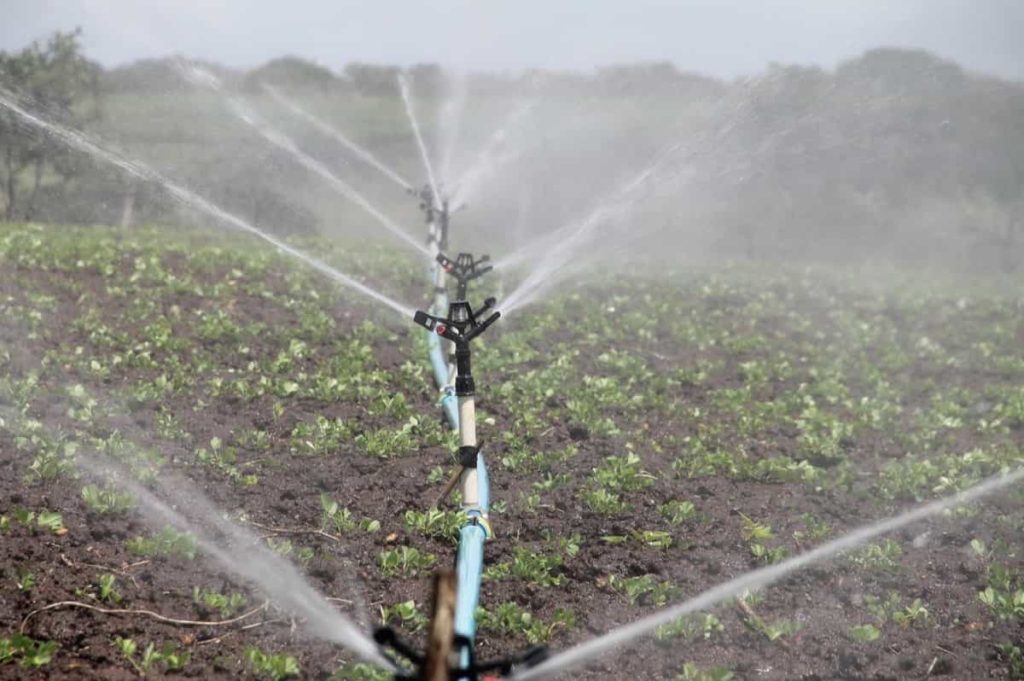
Step 11: Nutrients for vegetable growth
Your vegetables need only a small amount of food to provide the nutrients they need. Too much fertilizer is useless, but it can also kill your plants and damage waterways. Before planting, fertilize the soil using more than the amount recommended on the label. Feed the plants once they begin to grow in late spring, again when the flower buds begin to form and when you see that the fruits begin to form.
Nitrogen gives plants the power to grow green leaves. When you fertilize with high amounts of nitrogen, your plants get the signal to grow leaves but no flowers. Your vegetable plants will look lush, but you will not cut more tomatoes than the plant. When choosing a fertilizer for flowering vegetables, select a fertilizer that contains half as much nitrogen as phosphorus.
Step 12: Pest control to get more production
Take precautions to keep pests out of their tracks. For example, place barriers on sensitive plants to protect them from flying insects or remove annoying slug populations by removing hidden areas such as pots or tall grass in and around growing areas. Then every few weeks, when the slugs are being fed in the evening, they go out to pick them up with a flashlight. Improve productivity by attracting predators to control pests.
Ways to increase fruits yield
Fruit yield depends on the type of fruit grown and the specific variety; there are many common ways in which you can better influence fruit growth so that the amount of fruit in the growing season can be increased. While many garden plants bear fruit in their first growing season, some shrubs and trees can take years to produce good yields. Fruit farming is a lucrative business in many ways.
Although it can cost you a lot of money to set up your farm, the higher yields of these crops, once the plants are mature, will not only reimburse the cost to your farm, but you will also see There will be some good profits. This is because fruits sell better than vegetables. Also, you can grow plants in less space than other crops.
Step 13: Choose the right growing method for your needs and location
Your needs and your location are the primary considerations for high crop productivity.
Your needs – First of all, one of the most important questions is how much time you spend in your dining garden. A low-maintenance forest garden can be ideal and offer the best yields for those who are short on time. On the other hand, a well-organized annual garden can provide high yields for those who have time to devote to it. To get the most out of it, you need to be honest with yourself about the reality of your situation. Sometimes, the intentions can go beyond ability and time.
Your location – Another important thing to consider when considering your particular location’s environmental factors and climate.
Step 14: Select high yielding fruit trees
Apple, Raspberry, Fig, Cherry, Pear, Mango, Papaya, Apricot, Banana, Grape, Guava, Mulberry.
In case you missed it: Top 14 Steps to Boost Mango Fruit Yield: Methods, Yield Improving Tips, Fertilizer to Increase Fruit Size
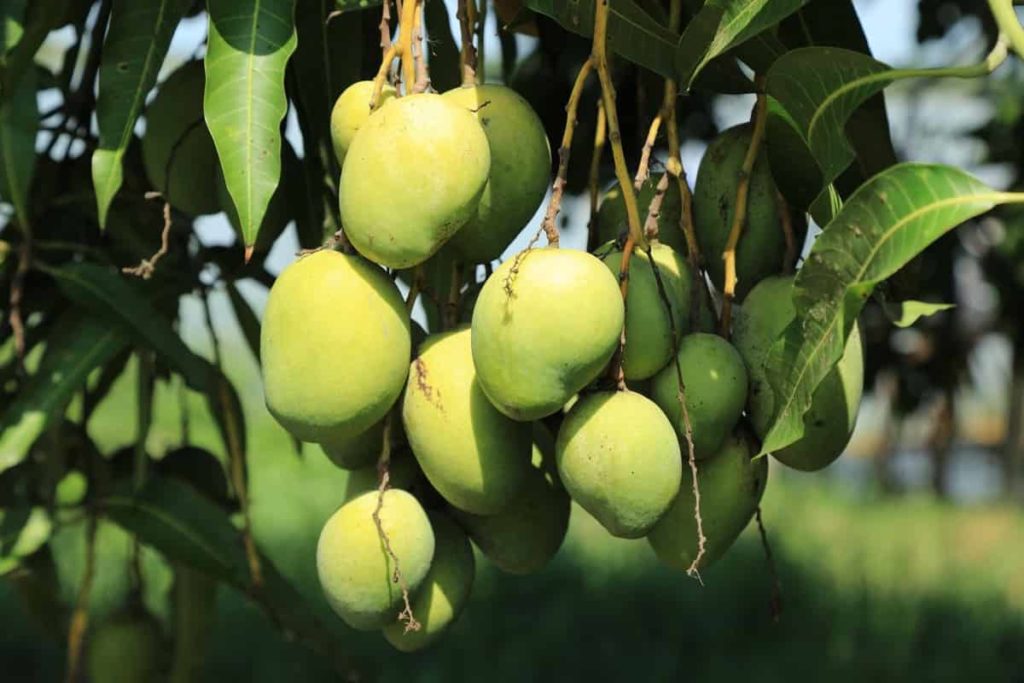
Step 15: Go with the dwarfs to get more yield
Dwarfs are not as tall or as wide as full-grown trees, so they begin to bear fruit in the first two to three years. Even these small trees do not require much space, making them ideal for gardeners who want to grow their fruit but do not have much land. Also, for the relaxed gardener, dwarf varieties are often the best choice as their small height makes them easy to mow, prune and treat pests.
Step 16: Container gardens for high yield
In small growing areas, container gardening can also help you grow more food in available space. Containers can even be placed on routes and moved around as the year progresses. So even if you have space to grow underground, adding a few containers can help you increase your productivity. You can even stack containers to make planting towers.
Step 17: Pruning important for tree growth
You need to cut the outermost growth of the tree from behind so that the branches become shorter and thicker instead of long and gangly. It prevents them from falling under the weight of the fruit, which means that the previous year’s growth is reduced by 20-30%. Avoid cutting down fruit trees too much. It can encourage low resistance to bacteria and other pests. Furthermore, learn the correct pruning for the type of fruit.
The methods of pruning trees, vines, shrubs, etc., vary, and improper pruning can reduce next year’s fruit crop and introduce disease or stress into plants. Every activity in the garden or field requires a farmer’s time and money. To get a profitable farm, farmers need to gain insight into each part of their production, such as how long it takes to harvest and, on which field, how many workers are responsible for this activity.
The most efficient work, the total cost of this activity, and all other activities are essential for proper field production management. Keeping an accurate record of all farm activities helps farmers see their farms’ productivity and profitability and make different decisions. The following are three reasons why pruning is so important:
- Pruning balances the growth of a tree or shrub and fruit production.
- Pruning improves the management of pests and diseases.
- Pruning manages the tree size.
Step 18: Control fruit drop
Prune plants after harvest to reduce the incidence of pests and diseases. Irrigation should be done at critical stages like flowering, fruit set, and fruit development.
Step 19: Fertilize properly to increase the growth of fruit trees
Fruit trees need adequate nutrition of soil nutrients for maximum growth of branches, buds, and plants. It all starts with the time of planting because it is the basis of the tree’s health and the size of its entire life. The secret is when to apply the first dose: wait until the first seedling of the fruit tree has about 6 inches of new growth before applying it. Currently, fruit tree roots have the highest nutrient content, while redistribution helps reduce the risk of over-fertilization and root rot.
Step 20: Pollination to increase fruit formation
It plays an important role in fruit formation. This stage, though seemingly early, is the right time for the future crop to be sown. Then, some good practices will help you produce high-quality fruit throughout the fruiting process. Some fruit trees and shrubs are much better if they contain two or more different species of the same genus to help them plant pollen.
Beneficial animals such as bees, hummingbirds, butterflies, and bats are some of the top jirgas, as are some species of ants and beets. Avoid excessive pesticides (natural or chemical) that can kill beneficial insects. The lack of bees and insects will adversely affect fruit production. Still, the imbalance in the micro-environment of your garden can also drive away other small animals that contribute to the pollination process.
Step 21: Fruit plant care for more production
- Protect fruit trees, vines, or bushes from pests. The species of insects will vary considerably, but some common insects are insects and birds. Mammals such as squirrels, fruit bats, rats, or marsupials can be problems in some areas.
- Use a net to prevent birds from bearing fruit. Make fruit trees inaccessible to animals searching for food using tons of colored shields, paints, slippery surfaces, deodorants, etc.
- Grape bunches can be enclosed in clean pantyhose to protect the grapes from bird attacks. Wrap large individual fruits in paper bags tied to branches with strings. It will work for fruits like Apples and Pears. Do not use plastic bags as they will overheat and destroy the fruit. Enough to discourage rat houses in the mulch to loosen the mulch and make it unattractive in the fall. Once the mice have found new homes, apply more mulch in early winter.
Step 22: Keep pests away for more growth
Fruit trees are not the only thing that attracts you. Its shiny leaves and juicy fruits also attract hundreds of different terrestrial insects that can attack the tree and cause plant stress, small tree size, and poor fruit production. The secret is to keep insects away before they attack, but treat them quickly and effectively when you see them in your backyard.
In addition, always maintain a weed-free zone around your fruit tree, as grass usually attracts and hosts a variety of pests. Treat fruit trees with an all-natural insecticide soap or an insecticide made from phosmet or methoxychlor. Such products are considered relatively less toxic to humans, and most pets yet effectively treat a wide range of common fruit tree pests.
Step 23: Harvest everything for more yield
It is the easiest advice to follow when growing a successful fruit tree. The unharvested fruit that survives on the branch at the end of the season indicates the tree or shrub that has produced the most fruit this year. During the next growing season, the plant will yield less. So, make sure you pick all the fruits that grow in your garden and tell your plants you can’t get enough.
Ways to increase flowers yield
Step 24: Use rich soil for more flowers
Soils rich in loamy and organic matter, such as old manure or well-decomposed manure, provide plants with a constant supply of nutrients. When planting your flower beds, add some fertilizer or fertilizer to the soil and add them from time to time.
Step 25: Tips to keep flowers blooming all summer
Water the flowering plant whenever the soil feels dry. Even drought-tolerant annuals will thrive if they are watered regularly. It may mean watering some containers more than once a day in hot summers. The heat can cause your annual to wither every afternoon.
Step 26: Select high yield flowers
- Some high-yield flowers are Rose, Chrysanthemum, Carnations, Lily flower, Gerbera flowers, Gladiolus flowers, Anthurium flowers, and Sunflower.
- The most profitable cut flowers are Ageratum, Scabiosa, Larkspur, Snapdragon, Peony, Zinnias, Sunflower, and Verbina Bonairensis.
In case you missed it: Top 50 Flower Farming Tips, Ideas, and Techniques
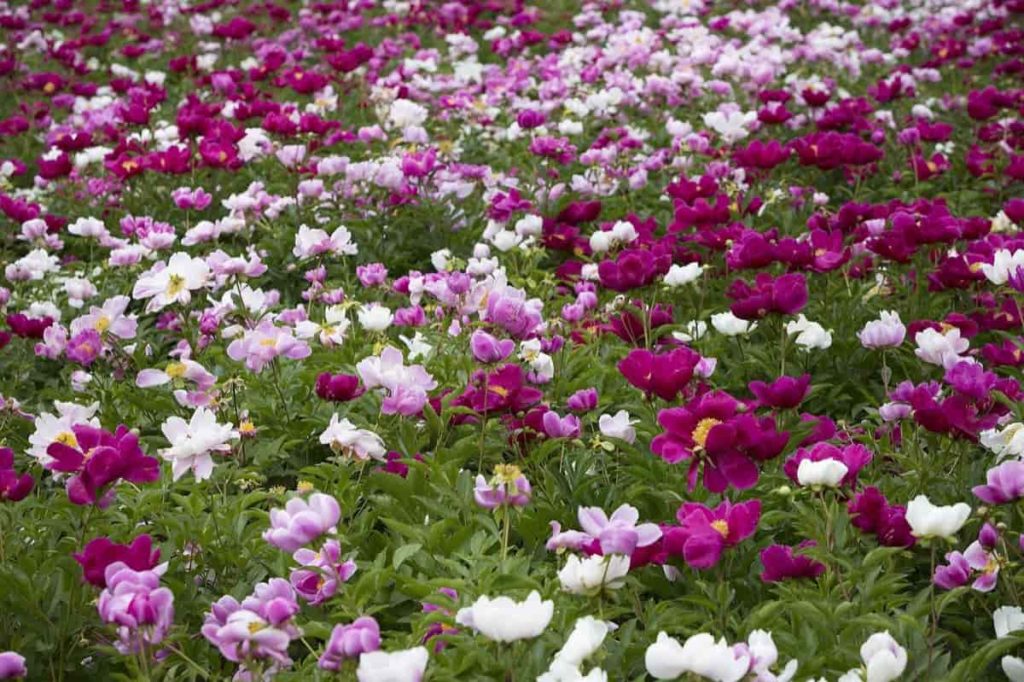
Step 27: Container size is more important for flower production
If you choose a deeper container, it will focus more on root growth and less on flower production. The best is a wider container than a normal nursery pot, but still not too deep. This way, you will strengthen your plant and produce more flowers.
Step 28: Light for plant growth
Light is a crucial factor in flower plant growth. When daylight decreases and the light goes from 15 hours to 12 hours and then 10 hours, the plant detects it, and hormonal changes take place, and flowering begins.
Step 29: Boost flower size, bud growth, and maximum yield
Nutrients for bloom contain more phosphorus and potassium than nitrogen. Phosphorus is an important nutrient involved in stimulating the growth and development of buds in plants. Therefore, fertilizers made for flowers contain more phosphorus than nitrogen and potassium. The most important effect on flowers is sunlight. Most flowering plants need at least six hours of sunlight a day for flowering.
Step 30: Choose the right type of flower fertilizer
The fertilizer that helps the flowers bloom best is those with high phosphorus levels. Phosphorus is an important nutrient for bud growth, seed formation, and flower growth. For most flower gardeners, a complete fertilizer is needed to provide plants with the three key elements they need to thrive:
- Nitrogen (N): Promotes the growth of lush plants.
- Phosphorus (P): Promotes blooming.
- Potassium or Potash (K): Develops a healthy root system.
To speed up flowering, choose fertilizers with a higher percentage of phosphorus than the percentage of nitrogen and potassium. Healthy flowers start with a strong root system, and an increase in potassium ensures that your flowers get off to a good start.
Step 31: Give moderate water
Since a plant produces flowers, it also needs more moisture. Therefore, it is important to water more in the flowering stage than in the growth stage. Giving more water is good for plant growth but can also cause the absence of flowers. Similarly, lack of water can cause the flower buds in the plant to fall off. The best way is to water moderately during the flowering season (avoid excess water and submergence).
Step 32: Pest control for more flowering
Pest control is important to keep the plant healthy and blooming. Carefully inspect the plant for pests and insects, including under the leaves. Common pests like whiteflies, aphids, and mealybugs can be easily eliminated by using neem oil and liquid soap in water. Or adding oils like clove oil or eucalyptus oil increases the effectiveness.
Step 33: Pruning for more plant growth
It is a technique that is incorporated worldwide and is widely used commercially. Pruning means clearing the vegetation so that what is left behind will be used to concentrate its energy on the rest of the growth. Flower pruning or occasional flower deadheading is also the most important step in maintaining flowers.
Ways to increase herb yield
The popularity of culinary herbs continues to grow as more and more people complete the art of using fresh herbs to make delicious, healthy food.
Step 34: Ways to increase herb growth
The thing that makes the herb quick and clean is pruning. Of course, pruning herbs means pruning tasty leaves and stems. If you do not prune your tree, the plant grows only on a few stems, and the leaves grow old, dry, and fall off. It results in long stems without leaves.
Step 35: The most popular and profitable herbs
Many herb growers become creative and develop unique products to increase sales. However, to reap the benefits of growing herbs, you need to combine your unique skills and interests with the right sales outlet. Herbs can be a significant part of your small farm’s income if you do this well. The most popular herbs are Basil, Calendula, Chives, Cilantro, Oregano, Parsley, Catnip, Chamomile, and Lavender.
In case you missed it: Lavender Cultivation Practices In India
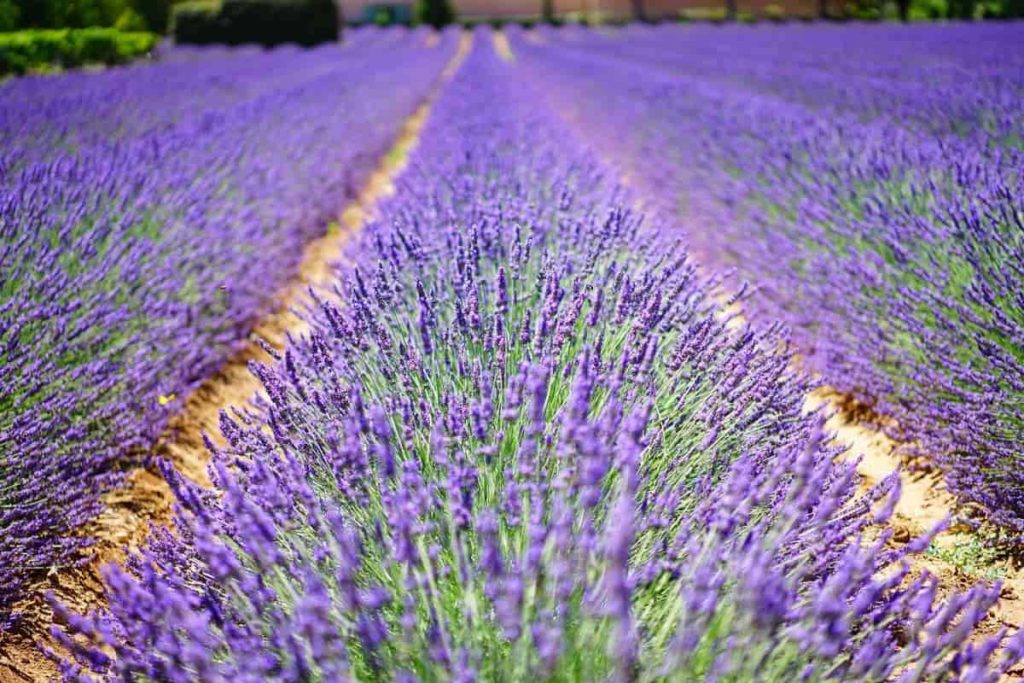
Step 36: Decide which herbs to grow
Once you’ve completed your research, it’s time to decide which herbs to grow. Consider what herbs are in demand in your area, how much space you have, and if you want to grow culinary or medicinal herbs. It is better to focus on growing a small selection of popular, versatile herbs that may not be sold rather than a wide range.
Once you’ve built a customer base, you can expand your selection to meet their needs. You can do all three, but freshly cut herbs will require more space to grow mature plants. If you plan to sell dried herbs, you will also need a suitable place to dry them.
Step 37: Tips to make a profit from herb farming
There are innovative ways to make the most of space and thus maximize productivity. This innovative layout also increases productivity. Different herbs can be grown together in the same conditions that enable you to provide your customers with a wide range of choices. Try to improve the quality of the soil so that the herbs get all the essential nutrients and they spread evenly.
Dividing the soil into three layers will help you. Allow layer 1 to contain any natural growth stimuli, layer two as soil, and layer three as soil and fertilizer. You can do a lot of business with these herbs. Identify the different uses of herbs and focus on different ones to increase your income.
Step 38: Some things you can do to increase your income from herb farming
- Improve the use of your space.
- Minimize labor for weeding and watering.
- Choose the types of herbs that taste best.
- Grow herbs with high yield rates.
- Find the right market for your herbs.
- Provide information and educate people about the use of your herbs.
Step 39: Care for your herbs
Fertilize and water your plants until it is time to sell or cut them. Learning what works best for your specific herb and growing conditions can be a trial and error, but using the tips below can help your herbs thrive.
- Don’t over-water your herbs – Water your herbs only when needed.
- Use only organic fertilizers – Organic fertilizers help plants grow at a slow, low-pressure rate that makes them strong and healthy.
- Fertilizer before use – Fertilizer is a beneficial organic fertilizer, but it needs to be fertilized before use. If you use fresh fertilizer, you run the risk of spreading disease and bacteria in your herbs.
Step 40: Harvesting time for more yield
Try cutting your herbs once a week to help them become healers. Cut long open pieces and flowers. Cut off the flowers to get more leaves. Herbs grow leaves before flowering. After flowering, they use more energy on the flowers. To encourage further growth of the leaves, pinch as soon as the flowers begin to bloom.
- Economical Aquaculture: A Guide to Low-Budget Fish Farming
- 15 Common Planting Errors That Can Doom Your Fruit Trees
- How to Make Houseplants Bushy: Effective Tips and Ideas
- Innovative Strategies for Boosting Coconut Pollination and Yield
- Pollination Strategies for Maximum Pumpkin Yield
- The Complete Guide to Chicken Fattening: Strategies for Maximum Growth
- Natural Solutions for Tulip Problems: 100% Effective Remedies for Leaf and Bulb-Related Issues
- Revolutionizing Citrus Preservation: Towards a Healthier, Greener Future
- Natural Solutions for Peony Leaf and Flower Problems: 100% Effective Remedies
- Maximizing Profits with Avocado Contract Farming in India: A Comprehensive Guide
- Natural Solutions for Hydrangea Problems: 100% Effective Remedies for Leaf and Flowers
- The Ultimate Guide to Choosing the Perfect Foliage Friend: Bringing Life Indoors
- From Sunlight to Sustainability: 15 Ways to Use Solar Technology in Agriculture
- The Ultimate Guide to Dong Tao Chicken: Exploring from History to Raising
- The Eco-Friendly Makeover: How to Convert Your Unused Swimming Pool into a Fish Pond
- Mastering the Art of Delaware Chicken Farming: Essentials for Healthy Backyard Flocks
- 20 Best Homemade Fertilizers for Money Plant: DIY Recipes and Application Methods
- How to Craft a Comprehensive Free-Range Chicken Farming Business Plan
- Brighten Your Flock: Raising Easter Egger Chickens for Beauty and Bounty
- How to Optimize Your Poultry Egg Farm Business Plan with These Strategies
- Subsidy for Spirulina Cultivation: How Indian Government Schemes Encouraging Spirulina Farmers
- Ultimate Guide to Raising Dominique Chickens: Breeding, Feeding, Egg-Production, and Care
- Mastering the Art of Raising Jersey Giant Chickens: Care, Feeding, and More
- Ultimate Guide to Raising Legbar Chickens: Breeding, Farming Practices, Diet, Egg-Production
- How to Raise Welsummer Chickens: A Comprehensive Guide for Beginners
- How to Protect Indoor Plants in Winter: A Comprehensive Guide
- Ultimate Guide to Grow Bag Gardening: Tips, Tricks, and Planting Ideas for Urban Gardeners
- Guide to Lotus Cultivation: How to Propagate, Plant, Grow, Care, Cost, and Profit
- Agriculture Drone Subsidy Scheme: Government Kisan Subsidy, License, and How to Apply Online
- Ultimate Guide to Raising Araucana Chickens: Breed Profile, Farming Economics, Diet, and Care
- Bringing Hydroponics to Classroom: Importance, Benefits of Learning for School Students
- Ultimate Guide to Raising Polish Chickens: Breed Profile, Farming Economics, Diet, and Care
- Ultimate Guide to Raising Australorp Chickens: Profile, Farming Economics, Egg Production, Diet, and Care
- Silkie Chicken Farming: Raising Practices, Varieties, Egg Production, Diet, and Care
- Sussex Chicken Farming: Raising Practices, Varieties, Egg Production, Diet and Care
- Homemade Feed Formulations for Livestock: Discover Cost-effective Starter to Finisher Feed Recipes